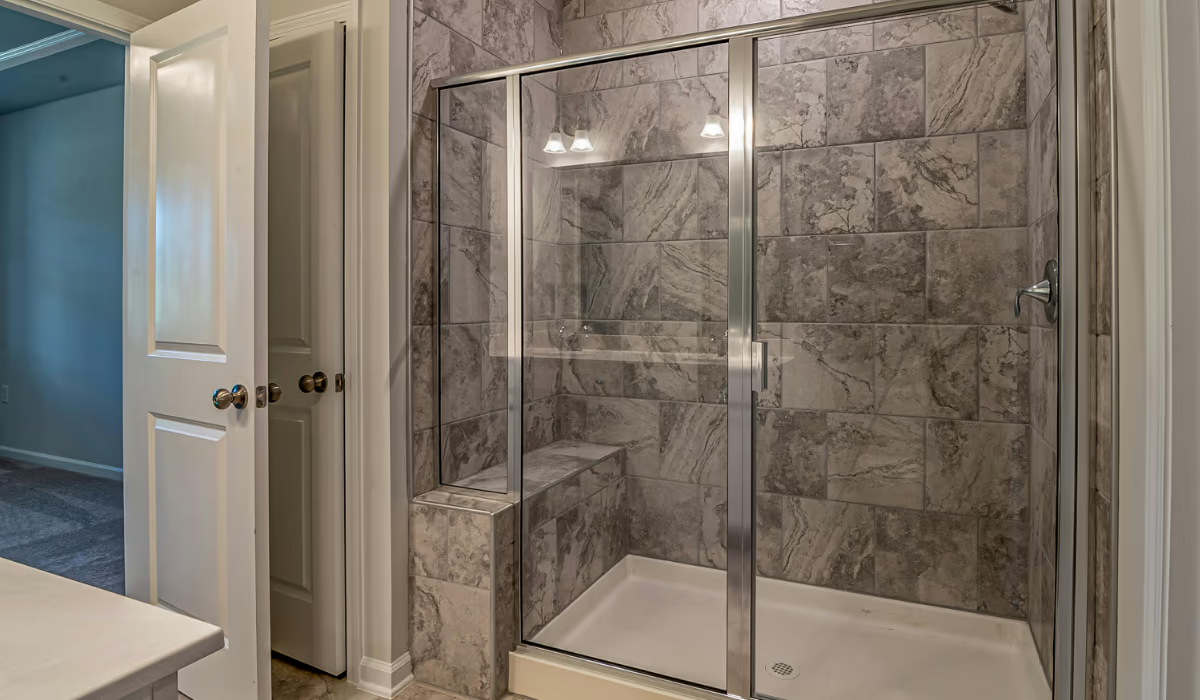A bathroom remodel can turn a routine, functional room into a relaxing, beautiful one. Whether you want just a small update or a full bathroom renovation, choosing the right ideas makes all the difference. Good designs balance style, usability, budget, and the realities of plumbing, ventilation, and materials. Below are ideas and approaches to help make your next bath remodel both satisfying and smart.
Quick Updates Without Full Demolition
If you love your bathroom layout but want a fresh look, small changes can give big effects. Repainting the walls or ceiling, replacing old faucets or showers, changing lighting fixtures, or updating cabinet hardware often makes a noticeable difference. Swapping out mirrors, adding fresh textiles (like towels or mats), or introducing decorative accents like plant shelves or framed art also help modernize without much work.
Refreshes like re-grouting tile, replacing tile flooring with newer, more moisture-resistant options, or repairing or refinishing an old tub can give a clean, almost new feel. Budget-friendly materials that mimic pricier ones (for example, tiles that look like stone or wood but are ceramic) give style without breaking the bank.
Upgrade Functionality: Layout & Features
If your bathroom remodel ideas include better functionality, consider layout changes that improve flow. Converting a bathtub area into a walk-in shower, adding built-in niches in shower walls for storage, or installing a curbless shower can make your bathroom feel more spacious and easier to clean. Replacing old cabinetry with vanities that offer more storage, or choosing wall-mounted sinks or floating vanities, frees up floor space.
Adding modern features enhances comfort: heated flooring, towel warmers, good ventilation systems, better lighting (task and ambient), and possibly even smart fittings like sensor taps or LED-mirrored cabinets. These upgrades typically cost more, but they raise usability and sometimes value.
Style & Material Ideas
Choosing the right combination of materials and finishes is key for bathroom remodeling ideas that last. Natural stone or stone-look tiles, wood or wood-look elements, matte metal finishes, or mixed textures bring depth. Accent wall tiles or feature walls with patterns, mosaic inserts, or bold colors can create focal points without overwhelming. Lighting plays a big role: soft warm lighting, layered fixtures, and a good mix of ceiling, wall, and mirror lighting improve both beauty and function.
Using durable, moisture-resistant finishes avoids problems down the road. Materials that resist mold, stain easily, or degrade under humidity help maintain appearance and function. Proper waterproofing, good ventilation, and sealing are as important as what shows on the surface.
Big Renovations: When to Go All In
Sometimes small updates aren’t enough — a full bathroom renovation becomes more practical when plumbing is old, fixtures are inefficient, moisture damage exists, or your needs have changed. Major remodels might include changing the placement of shower, bathtub or toilet; opening up small bathrooms; removing walls; enlarging windows to let in natural light; or converting a half-bath into a full bath.
Planning such renovations involves more cost, more time, and more coordination. Think about permits, structural work, plumbing, electrical wiring, and scheduling. But when done well, they can dramatically improve comfort, aesthetics, and home value.
Balancing Budget & Value
Smart remodeling balances what you spend with what you gain. Investing most in aspects you see and use most (shower, sink/vanity, tile) often gives more satisfaction. Less visible parts (backup plumbing, wall behind cabinets, subfloor) should not be neglected, but you might economize there. Reusing cabinets or plumbing layout can save a lot. Future maintenance costs matter too — choosing durable fixtures and finishes might cost more upfront but save over time.
Conclusion
Bathroom remodel ideas range from simple refreshes to full-scale renovations, but planning, priority, and choice of materials make the difference between a satisfying update and a regret. Whether you start with minor cosmetic changes or dive into layout and fixture overhauls, being realistic about budget, function, and long-term use ensures your bathroom becomes a space you’ll enjoy and maintain.
FAQs
How much should I budget for a bathroom remodeling project?
It depends on how much you change — updating fixtures and finishes costs much less than moving plumbing or expanding layout. Always include a buffer for surprises like hidden water damage, mold, or structural issues.
What renovations increase home value the most?
Upgrades to showers, vanities, good tile work, better lighting, and improved ventilation tend to add both usability and resale value more than purely decorative changes.
How long does a full bathroom renovation usually take?
A small bathroom refresh might take a few days to a couple of weeks. A full renovation—including demolition, plumbing, tiling, and finishing—often takes several weeks, depending on complexity and contractor availability.
Should I keep my current layout or change it?
If your layout works well (good flow, usable space), keeping it saves cost. Change it only if you have functionality issues, inefficient use of space, or need to accommodate new fixtures.
How do I choose durable materials that resist moisture and wear?
Look for tiles with proper slip resistance, grout that resists mold, fixtures made for wet environments, moisture-resistant paint or wall panels. Test samples if possible, and ensure quality waterproofing under showers or tubs.







